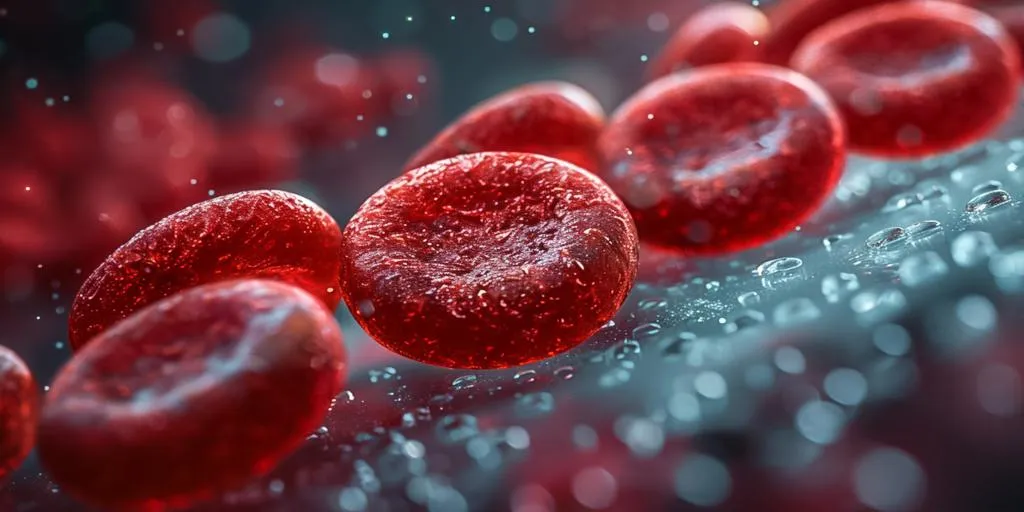
Insulin Resistance: The Hidden Cause of Type 2 Diabetes, Fatty Liver, Heart Disease, and More
Insulin resistance is a critical metabolic condition that underlies a host of chronic diseases, including cardiovascular disease, nonalcoholic fatty liver disease (NAFLD), type 2 diabetes, dementia, polycystic ovary syndrome (PCOS), and even certain cancers. Although diabetes is the most recognized consequence, insulin resistance begins years—if not decades—before glucose levels rise above the threshold of diabetes.
The Mechanism of Insulin Resistance
The body relies heavily on insulin to help manage blood sugar. Insulin acts like a master key, unlocking the cell doors so that glucose can move from the bloodstream into the cells—especially muscle and fat—where it’s either burned for energy or stored for later use. This “unlocking” occurs through the GLUT4 transport system. When insulin binds to its receptor on the cell surface, it signals the GLUT4 transporters (the doors) to move to the surface of the cell and allow glucose to enter.
But here’s the problem: when the cell is already stuffed full of fat, especially a specific kind called diacylglycerol, the lock becomes jammed. The cell essentially says, “We’re full—we don’t want more.” Diacylglycerol interferes with the insulin signaling cascade, preventing GLUT4 from getting to the surface. As a result, the door stays shut, and glucose builds up in the bloodstream.
This accumulation of sugar in the blood is not merely a passive side effect—it’s treated by the body almost like a toxin. High blood sugar causes oxidative stress, inflammation, and damage to blood vessels. The body ramps up insulin levels to clear the sugar, doing everything it can to restore balance. But over time, this compensatory effort fails, the pancreas tires out, and type 2 diabetes develops.
The Vicious Cycle
This impaired muscle glucose uptake diverts more sugar to the liver, where it is turned into fat through de novo lipogenesis. This leads to hepatic fat accumulation (NAFLD), further insulin resistance, and rising blood glucose levels. As insulin levels climb, more fat is made, HDL drops, triglycerides rise, and atherosclerosis follows.
The key insulin-responsive organs—muscle, liver, and fat—are caught in this metabolic spiral. In the liver, which uses a different glucose transporter (GLUT2) that doesn’t require insulin, the hormone’s role is to suppress glucose production. But in insulin resistance, the liver ignores the signal and keeps producing sugar via gluconeogenesis.
The Diagnostic Challenge
Many people with insulin resistance have “normal” blood sugar levels, especially early on. To uncover this hidden pathology: - Check fasting insulin and glucose (calculate HOMA-IR) - Assess the triglyceride-to-HDL ratio (a ratio >2:1 suggests insulin resistance) - Consider a glucose tolerance test with insulin levels - Look for clinical signs: abdominal obesity, skin tags, or early hypertension
Evolution’s Role
Interestingly, this process may have had an evolutionary purpose. During famine, insulin resistance helped divert glucose away from muscle and preserved it for the brain. The liver’s ability to create sugar from amino acids and lactate (gluconeogenesis) was a survival tool. But in today’s world of abundant calories, it has become a metabolic liability.
Practical Strategies to Identify and Treat Insulin Resistance
1. Exercise (Your Metabolic Locksmith)
- Activates AMPK, a cellular energy sensor, which bypasses insulin and helps GLUT4 reach the cell surface. It opens the locked doors and gets glucose into the muscle—restoring balance.
2. Weight Loss and Visceral Fat Reduction
- Reducing central obesity enhances insulin sensitivity dramatically.
3. Improve the Lipid Ratio
- Triglyceride/HDL ratio less than 2:1 is a good surrogate marker of improved insulin sensitivity.
4. Time-Restricted Eating (TRE)
- A 12–14-hour fast gives insulin a rest and may enhance metabolic flexibility.
5. Cut Refined Carbs and Fructose
- Especially high-fructose corn syrup, which increases fat in the liver.
6. Prioritize Sleep and Reduce Stress
- Poor sleep and cortisol both impair insulin action.
7. Limit Alcohol
- Alcohol promotes liver fat and worsens insulin resistance.
8. Consider Targeted Supplements (adjuncts, not replacements)
- Berberine: AMPK activator, insulin sensitizer
- Magnesium: Essential for proper insulin receptor function
- Alpha-lipoic acid: Improves glucose disposal
- Omega-3s: Reduce inflammation and improve triglycerides
Closing Thoughts
Insulin resistance is not just about sugar—it’s about a disrupted system. The body sees elevated blood glucose as a metabolic emergency and works overtime to protect itself. The real solution lies not in more medication, but in empowering people to unlock the doors again—through movement, nourishment, sleep, and awareness.


